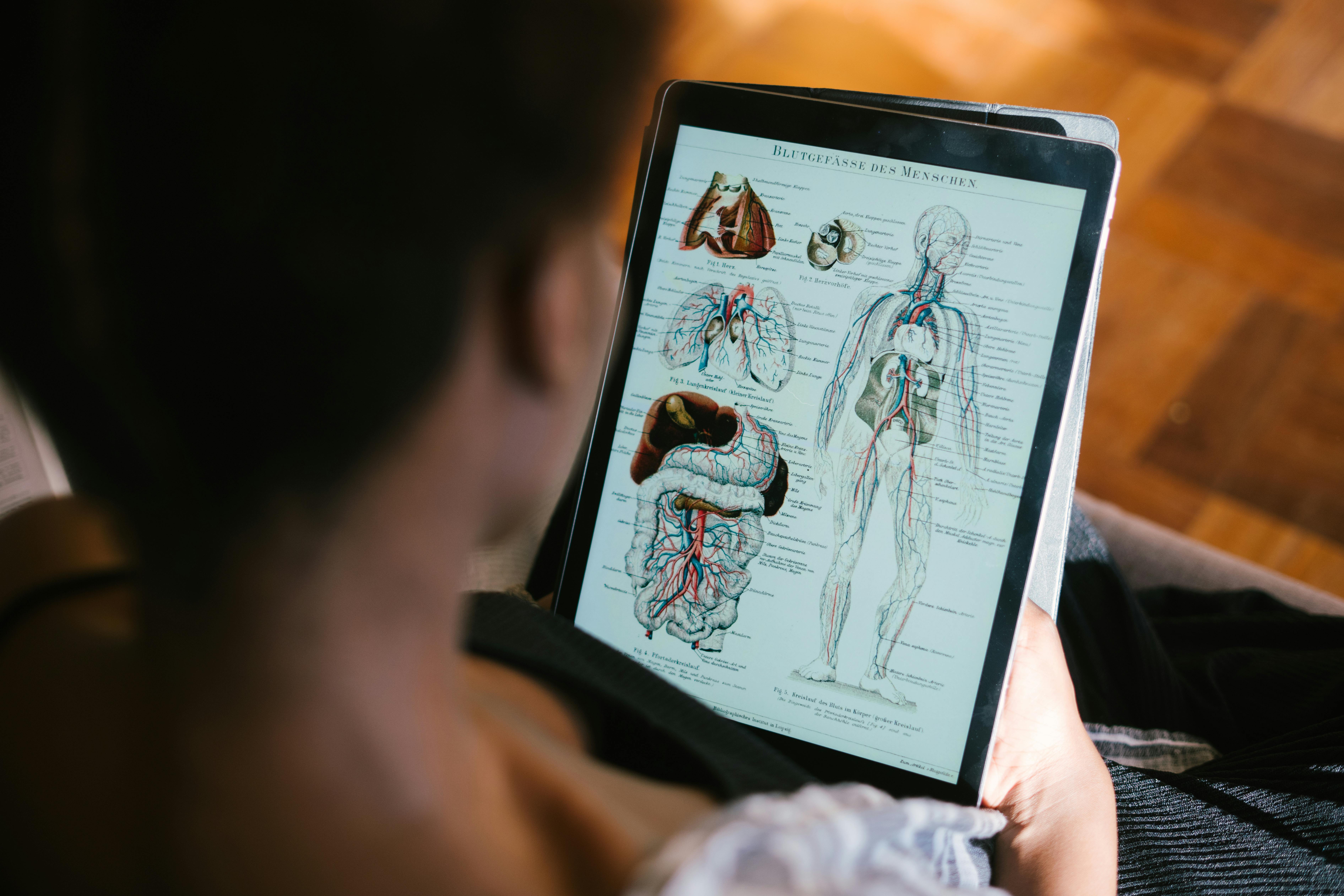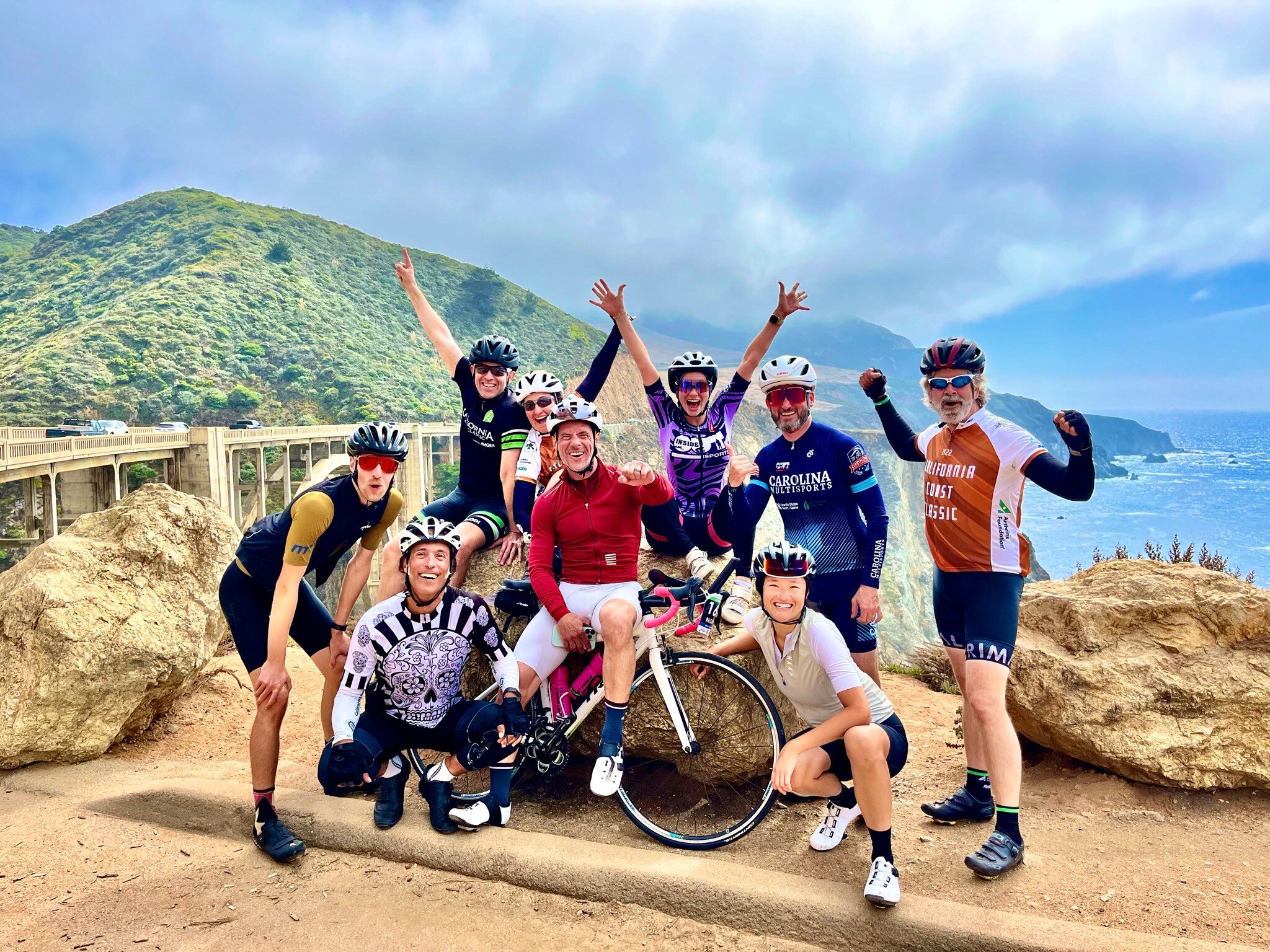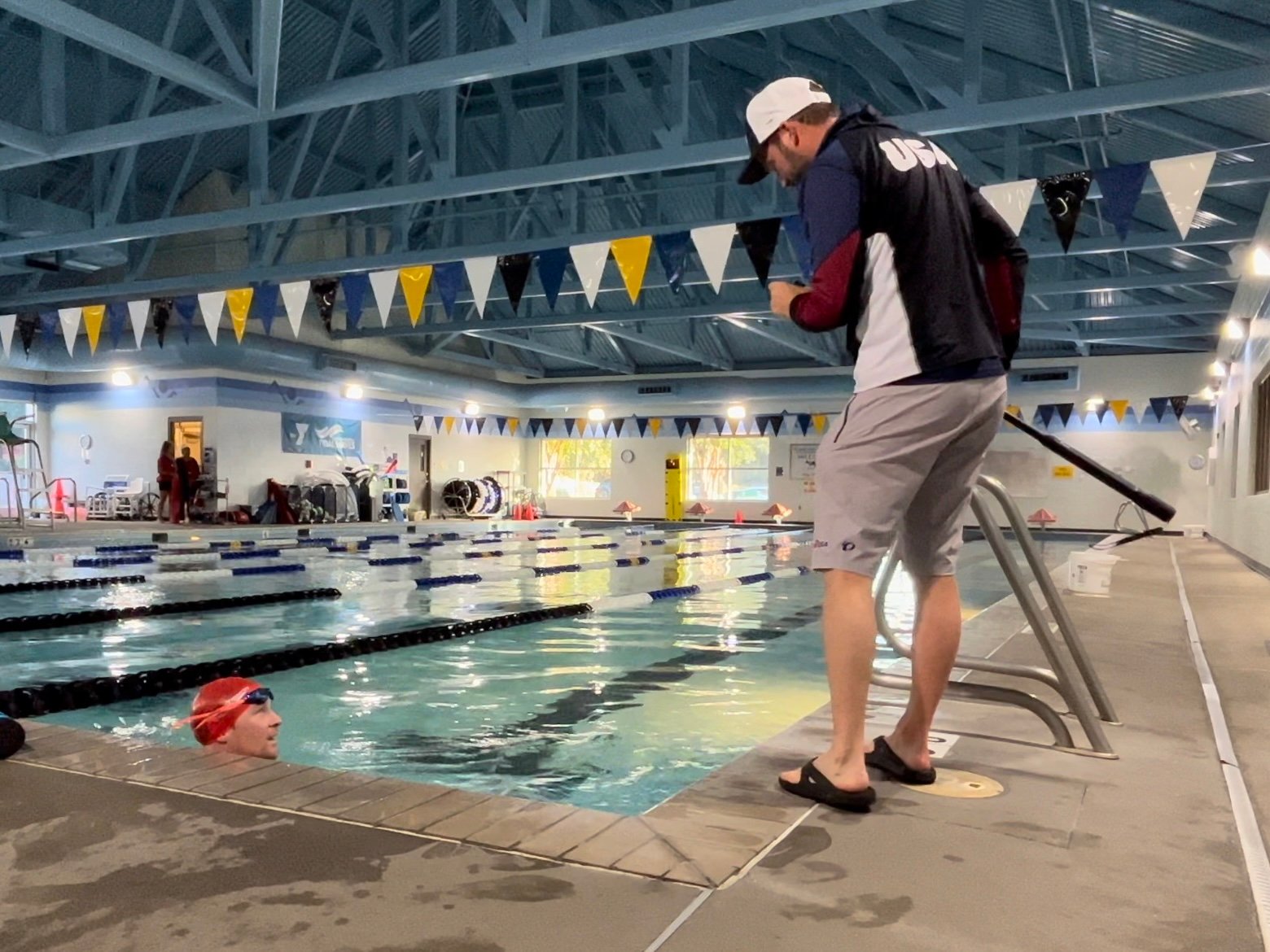Unlocking the Secrets of Energy Systems in Endurance Sports: A Journey Through the ATP-PC, Glycolytic, and Oxidative Systems
If you've ever pushed through a long run, cycled up a steep hill, or swam lap after lap in a pool, you've undoubtedly tapped into your body's energy reserves. Endurance sports rely heavily on our body's ability to produce energy efficiently and sustainably. To better understand how athletes keep going mile after mile, let's take a closer look at the three primary energy systems: the ATP-PC system, the glycolytic system, and the oxidative system. Each plays a unique role in fueling our endurance endeavors, and while they're not necessarily household names, they are the unsung heroes of athletic performance.
The ATP-PC System: The Quick Start
Imagine the ATP-PC system as the sprinter of your energy arsenal. It delivers instant energy for brief, high-intensity efforts. This system depends on adenosine triphosphate (ATP) and phosphocreatine (PC) stored in your muscles, ready for immediate use. It's your body's primary energy source for activities lasting up to 10-15 seconds, like sprinting, diving into the water at the start of a race, surging over a short hill, overtaking a competitor on the bike, or executing an explosive race finish.
However, the ATP-PC system has its constraints. The reserves of ATP and PC are limited, so once they're exhausted, your body must transition to other energy systems to sustain your efforts, slowing you down, which we'll talk about more below. You can also think of this system at the energy that gets our body mass moving so the other energy systems can then kick in to keep us moving.
Additionally, it takes up to ten times the duration of its use to fully replenish its supply before you can depend on this system significantly again. For example, after a 10-second sprint, you'll need to rest and recover for about 100 seconds or more to sprint with the same intensity again.
The Glycolytic System: The Middle Ground
After the ATP-PC system has played its part and additional energy is needed, the glycolytic system takes over at high intensity efforts. This system produces significantly more energy than the ATP-PC system but is slower to ramp up production.
Also referred to as the Anaerobic System, it supplies energy for high intensity activities ranging from 30 seconds to around two minutes. This system breaks down free blood glucose and carbohydrates stored in your muscles and liver without oxygen to produce ATP. This process, called glycolysis, rapidly generates energy but has a downside: the creation of lactic acid. An excess of lactic acid can cause that well-known burning sensation in your muscles and slow you down further.
To restore this system, it requires at least twice the duration of its use. For instance, following a strenuous 2-minute effort, you'll need to rest or recover for at least 4 minutes or more before you can exert the same effort again. However, with training, your body can become more adept at handling lactic acid, postponing fatigue during endurance events.
The Oxidative System: The Endurance Powerhouse
The oxidative system, often referred to as the aerobic system, is the most gradual of the energy systems to activate, yet once it is fully engaged, it becomes a powerhouse for endurance. This system is remarkable in its ability to harness the body's extensive energy reserves by utilizing oxygen to convert fats, and when necessary, proteins, into ATP. This process provides an efficient and stable energy source that can be maintained over extended periods, albeit at progressively lower intensity levels. This makes the oxidative system indispensable for athletes aiming to sustain a consistent pace over the course of long-duration events.
To maximize the potential of the oxidative system, enhancing your cardiorespiratory fitness is crucial. This involves improving your body's capacity to deliver oxygen to your cells efficiently. By doing so, you can support higher intensity levels for longer durations without the need to rely heavily on the anaerobic system, which is less sustainable over time. This means that with a well-developed aerobic system, you can maintain a faster pace and delay the onset of fatigue, allowing you to perform at your best during endurance competitions.
Balancing Act: Training for Each System
Understanding these three energy systems is crucial for endurance athletes looking to optimize their performance. Different sports and events demand varying contributions from each system, so tailoring training to target specific energy systems can yield significant benefits.
For instance, high-intensity interval training (HIIT) will help to enhance the ATP-PC system, while long, steady rides/runs/swims will build oxidative/aerobic capacity. Mixing different types of workouts, including brick workouts, (workouts that include completing different disciplines back to back such as running after cycling) ensures that all three systems are efficiently developed, providing you with the versatility to excel in diverse situations.
It's essential to recognize that these systems don't operate with an on-off switch. Instead, all three systems work concurrently but at varying intensities. Picture them as having throttle controls. When the intensity spikes, the ATP-PC system takes the lead as the main energy provider. As you ease into a steadier pace, the oxidative/aerobic system takes over, while the glycolytic/anaerobic system is engaged at strategic moments of higher intensity.
As you can see, the ATP-PC, glycolytic, and oxidative systems each have their unique contributions to athletic performance. Understanding their purpose and limitations will help you pace correctly, stay focused when it's uncomfortable, and attack at the right moment, at the right intensity, for the right amount of time. It's their seamless interplay that ultimately fuels your success. Whether you're chasing a personal best or simply enjoying the thrill of being outdoors, a deeper understanding of these energy systems will improve your training and performance along your journey. So lace up those shoes, clip in, or dive into the water, and let your body's energy systems power you through your next adventure!





